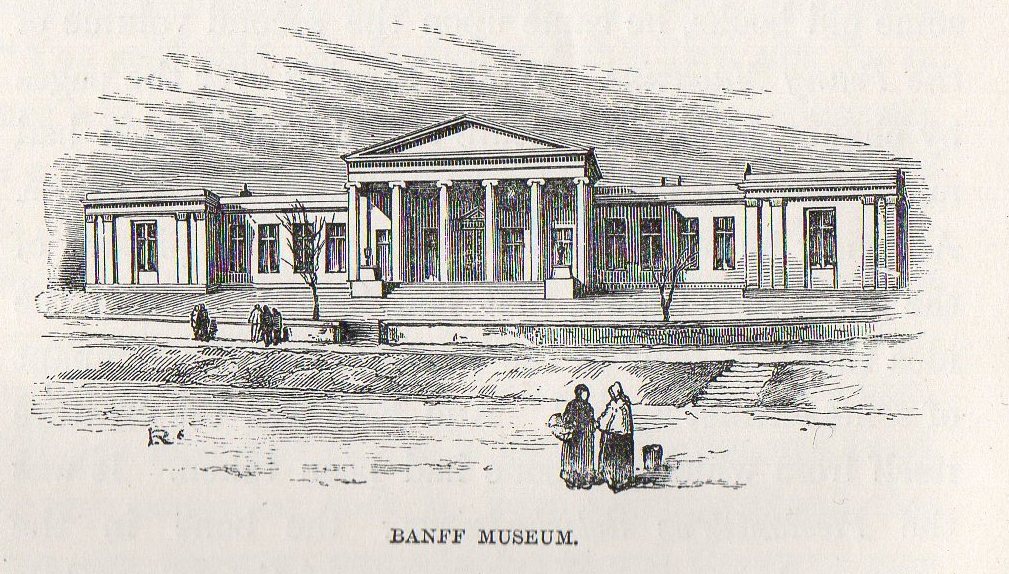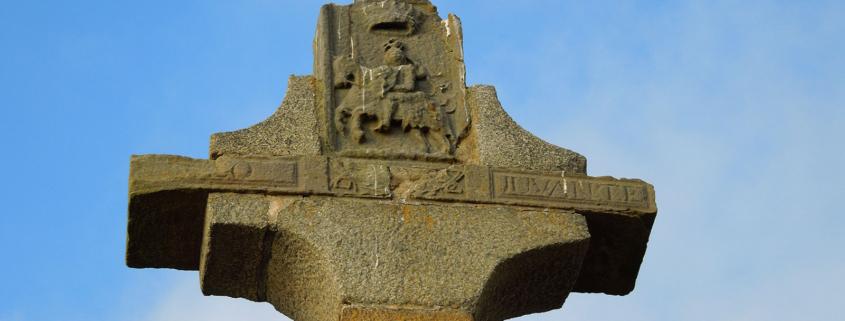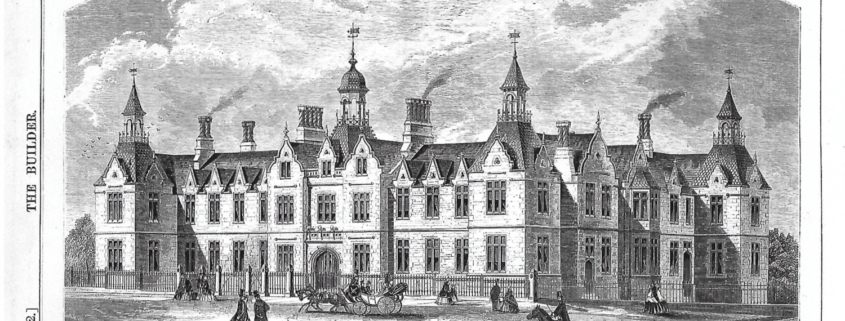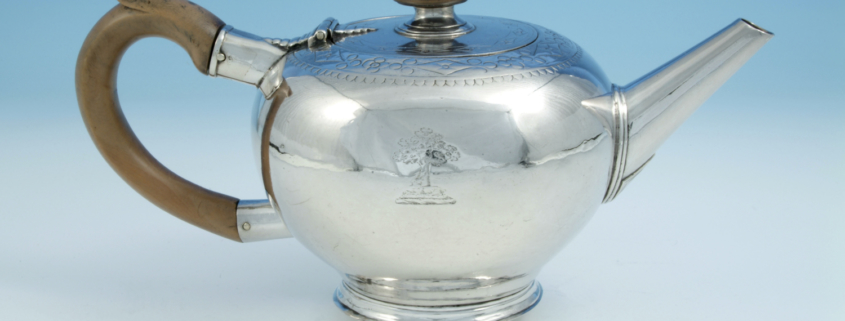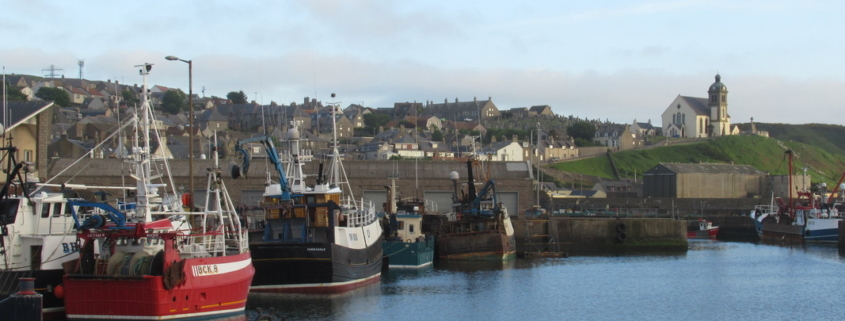Thomas Edward spent all his adult life in Banff, and his story, the Life of a Scotch Naturalist, is the only bestseller ever to have been set in and around Banff. When the author told Edward of his plans to write it, Tam tried to dissuade him. “Not a copy,” he said, “would be bought in Banff”. There is a cartoon in Punch in 1877 showing Queen Victoria awarding Edward, when an old man, a small royal pension, and in the background is a scowling figure personifying Banff.
Edward, all his days, was a poverty-stricken shoemaker, but also a wonderfully precise observer of nature, discovering, for example, dozens of new species of crustaceans on the Moray coast. For this he was made an Associate of the Linnean Society, the top reward for naturalists in Britain. But the local “Institution for Science, Literature, and the Arts, and for the encouragement of native genius and talent” which had very creditably founded the Banff Museum in 1828, never made him one of their Associates. They did, however, employ him, as assistant curator of the Museum, at two guineas a year, which even then was a token amount. The Museum in those days was behind the pillars in what is now part of the Primary School, overlooking St Mary’s carpark.
There is a fine story of how Edward fell out with the senior curator over an “auld been” (old bone). “Remove it at once, and burn it with the rest”. Edward hid it instead, and when the Institution folded, and the Banffshire Field Club, founded in 1880 and still around, took over the Museum, they were happy to honour Edward, and he brought back the bone. Tam was told by the best authorities of the day that his guess was right, and that it was the femur of a plesiosaurus.
Alas, scholars a hundred years later say it is in fact a 6000 year old whale bone. If you’ve got one, don’t throw it away, even if it’s not a plesiosaurus bone. Give it to the Museum of Banff.
AFM

